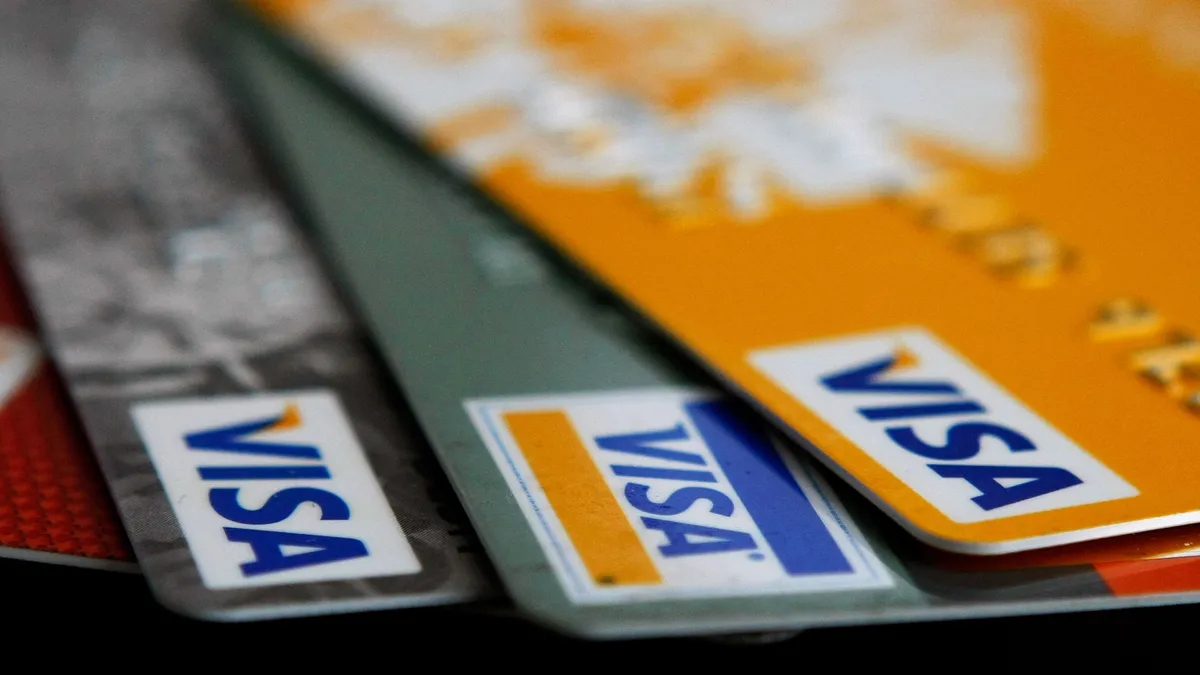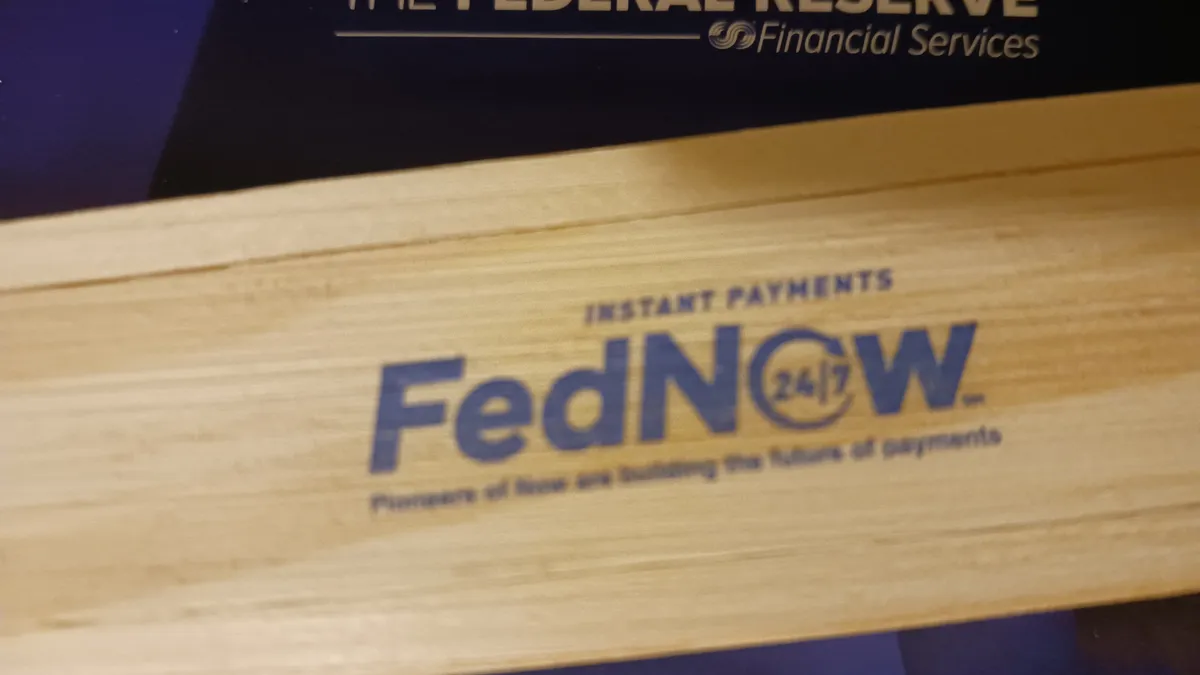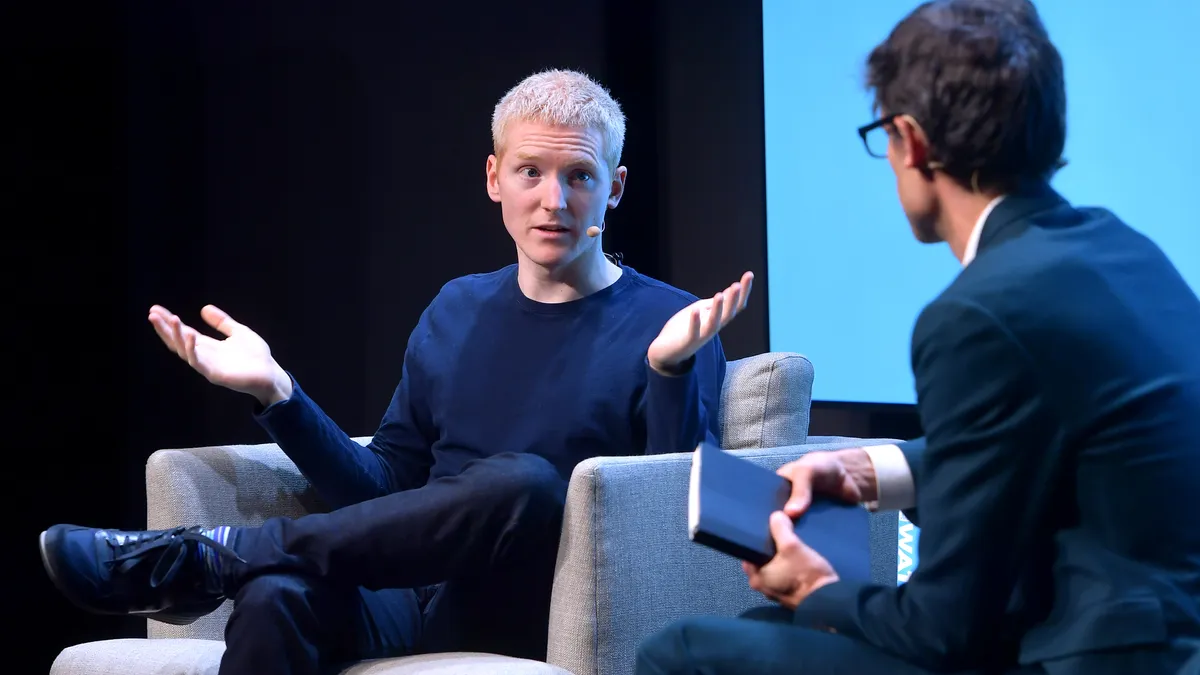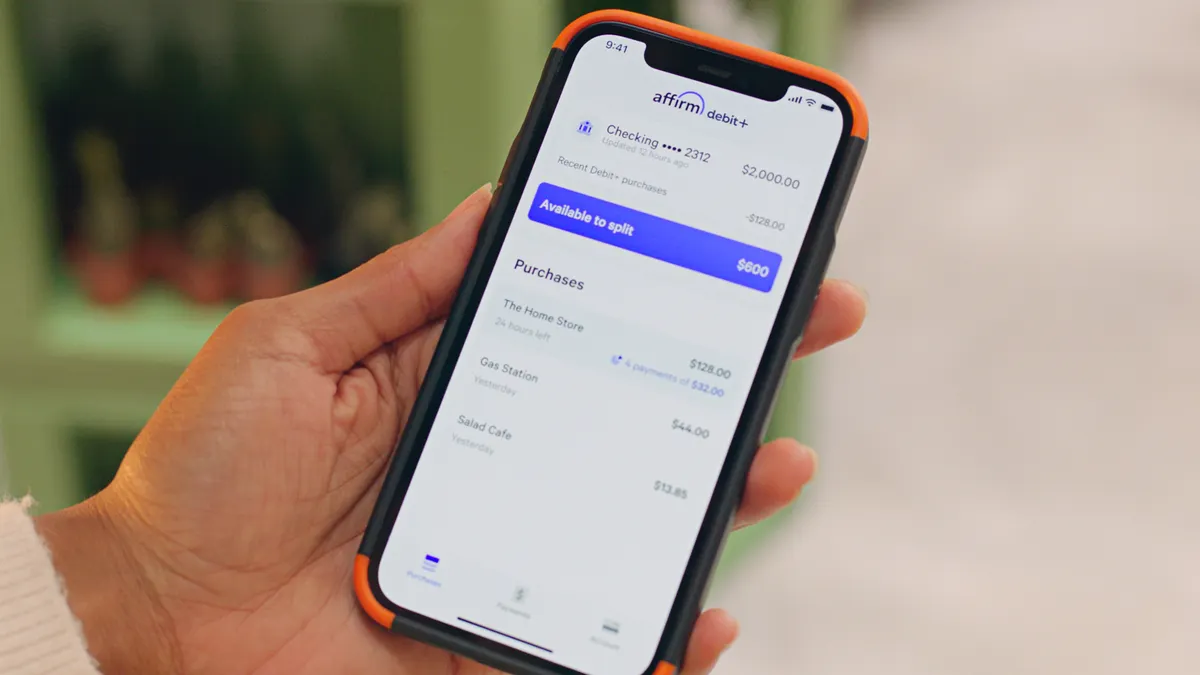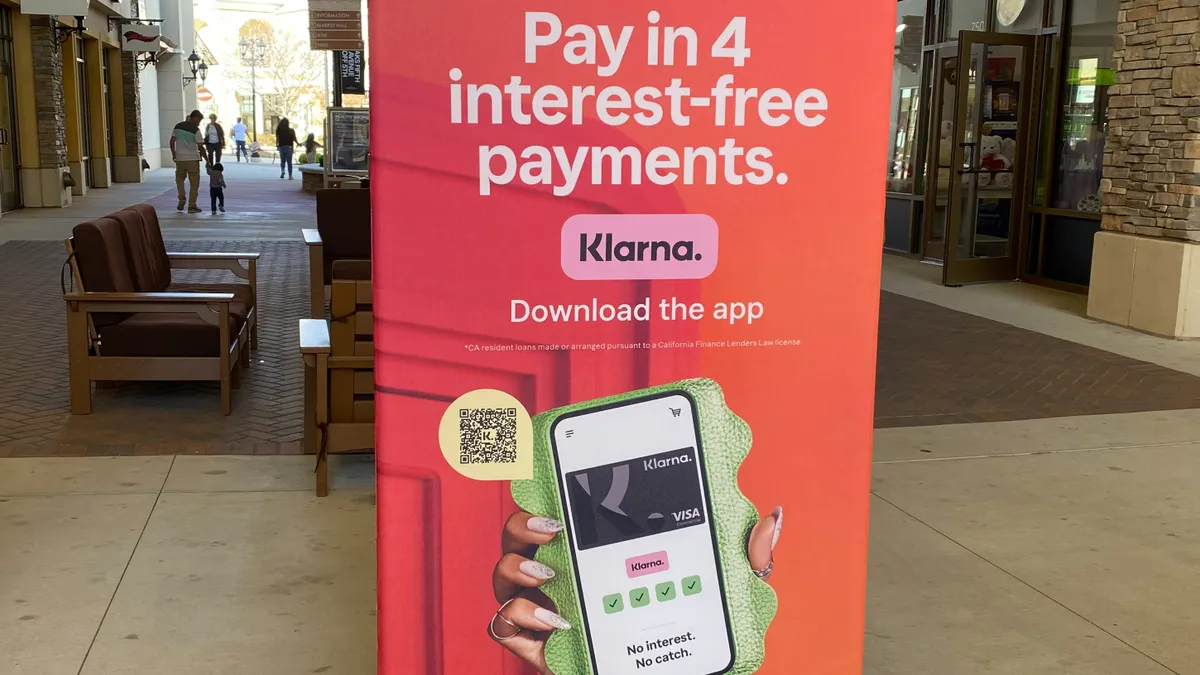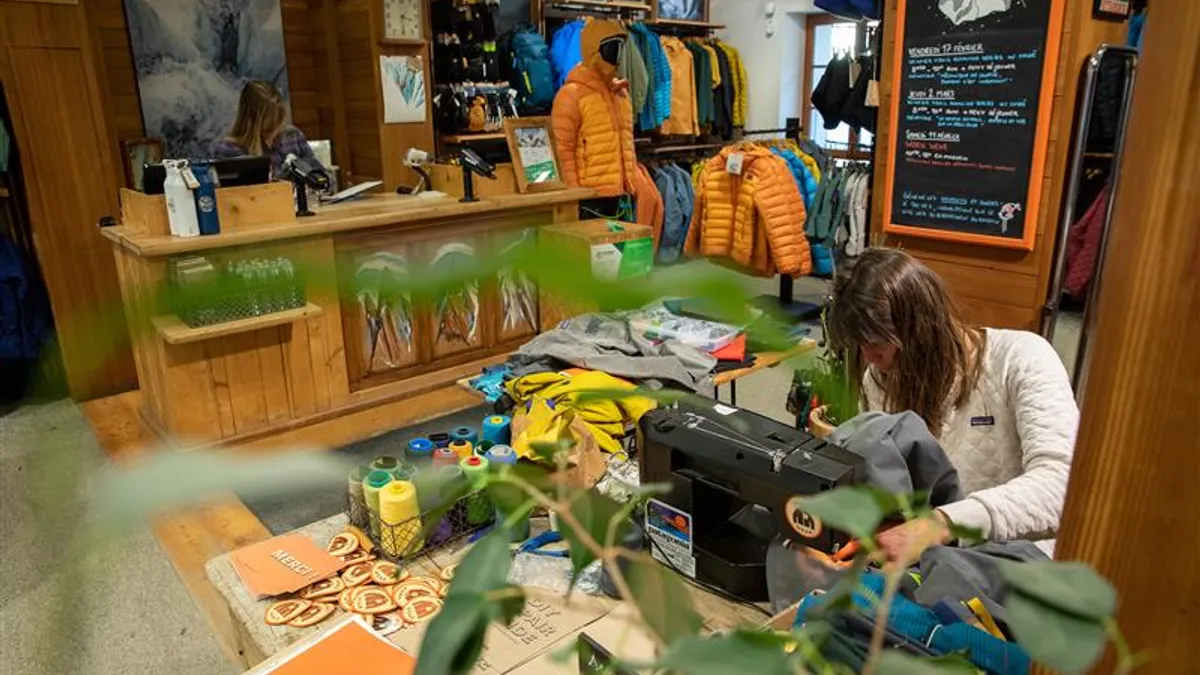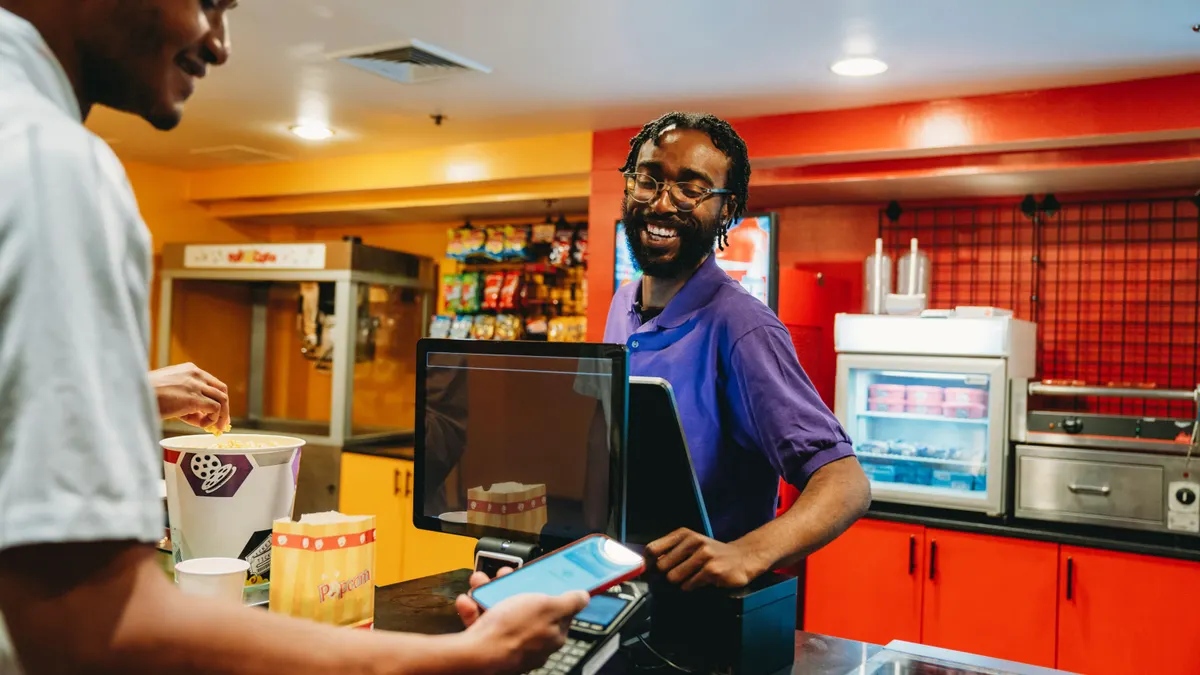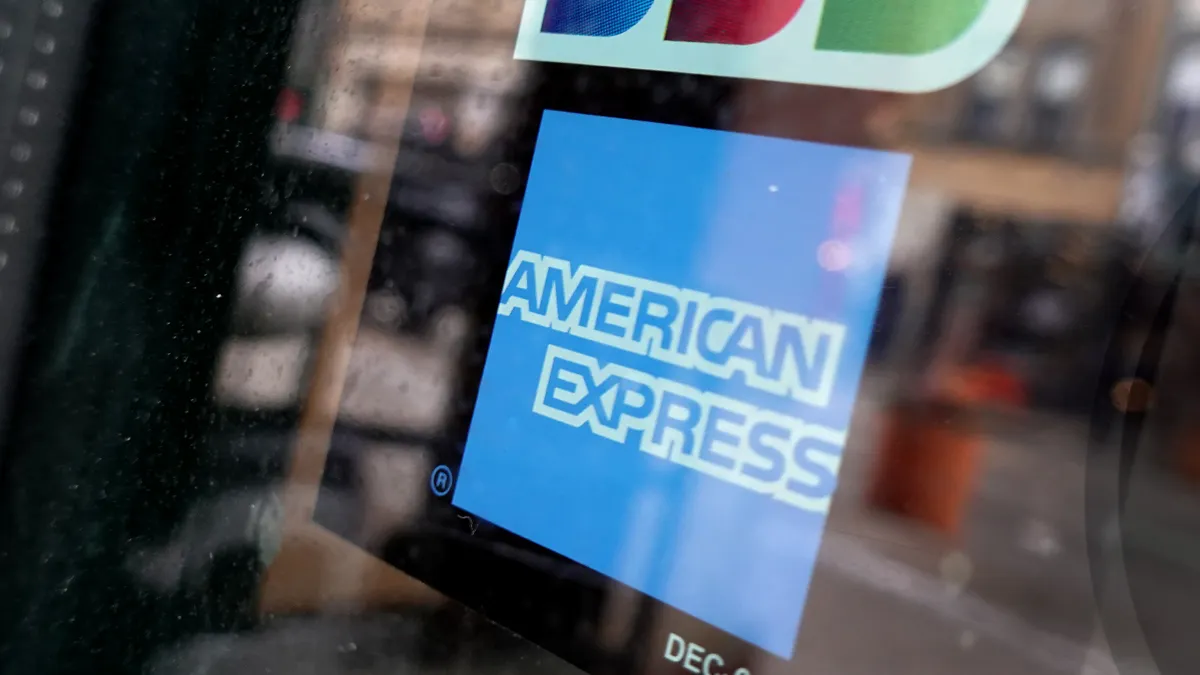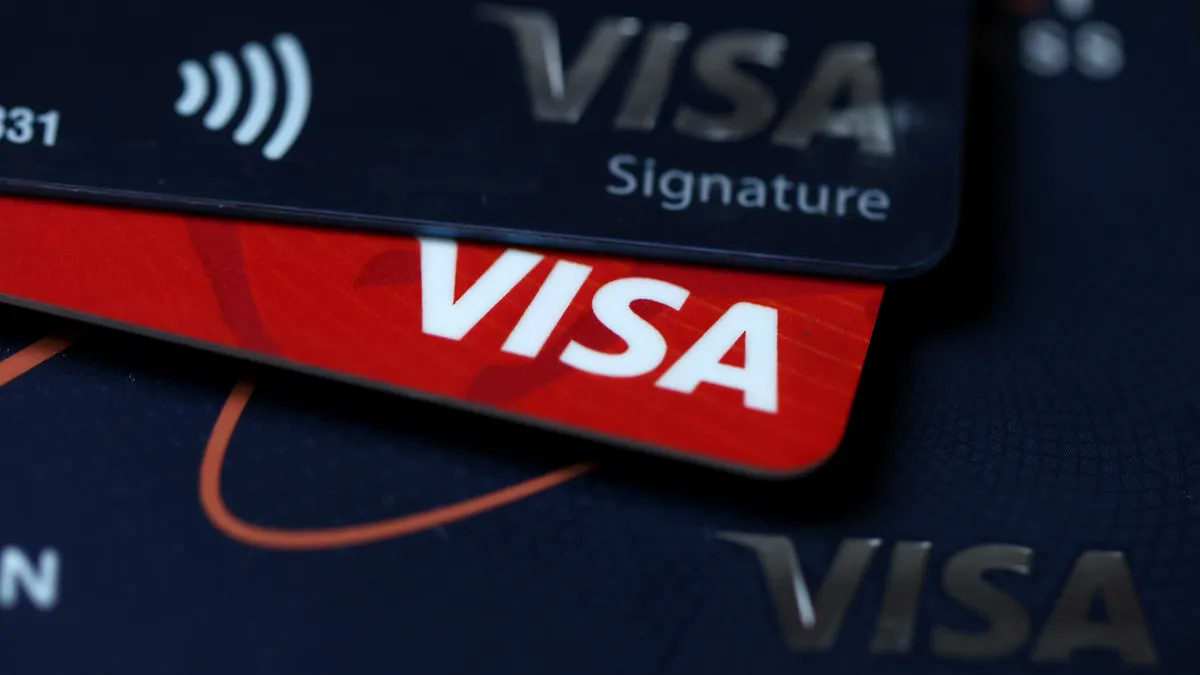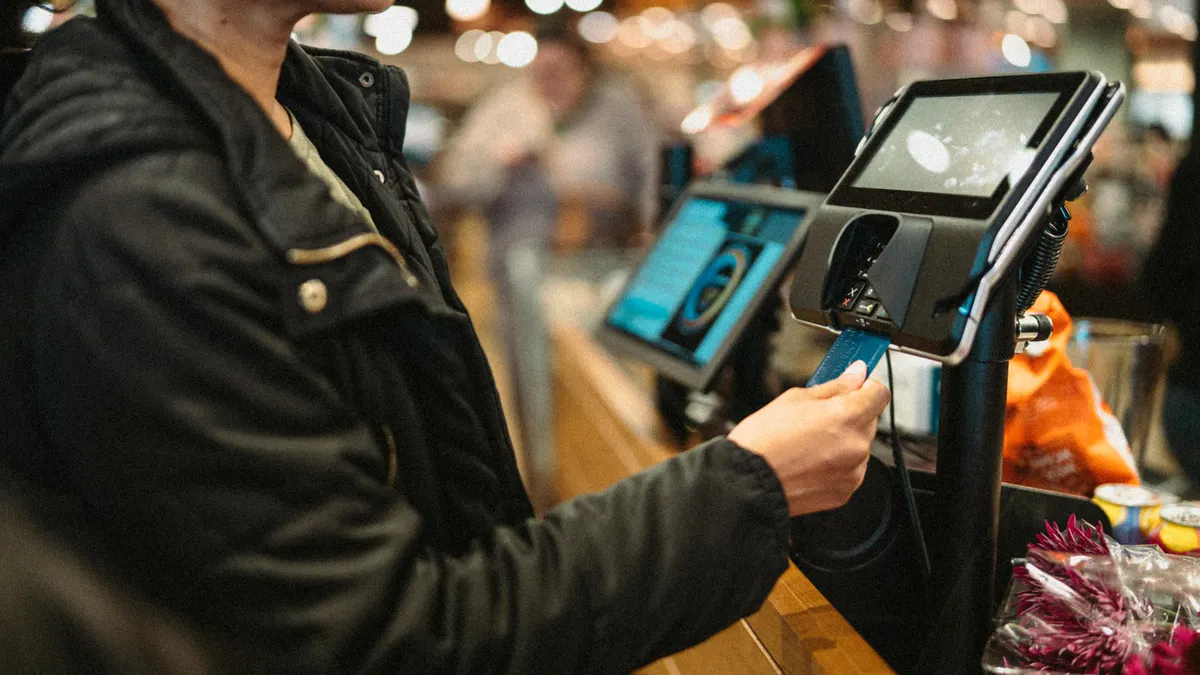Visa this week will revamp its discount rates for fees on credit card transactions, and industry consultants fear that many merchants will be caught off guard by the change.
Starting Friday, Visa will demand more data from retailers, restaurants and other merchants that want to receive certain discounts on the interchange fees paid for processing card payments, per the card network’s Commercial Enhanced Data Program.
For years, the card network giant has looked the other way as merchants often entered dummy data into transaction fields to get discounted rates, but those days are gone.
The change could cost merchants a significant increase in fees if their card acceptance systems haven’t been recalibrated to provide the data that will now be needed to qualify for Visa’s higher discounts. The current system has been in place for years, but now Visa and its bank card issuers are intent on sourcing quality data from merchants, or forcing them to pay more.
“I think that there are going to be merchants that are completely blindsided and shocked by what happens,” predicted PayBright CEO Dustin Magaziner. PayBright provides merchants with software to manage their payments. “It's ten, maybe hundreds of thousands of merchants, that are going to see increased rates.”
Visa imposes revised fee system
Visa, the largest U.S. card network, began to roll out the new program last April, tantalizing merchants with some increased discounts and charging five basis points for participation in the revised approach. But now merchants will have to pony up real data in the right fields to get the best discount rates on their credit card transactions.
Under the existing system, there are essentially three rate levels for the interchange fees that Visa imposes, depending on the amount of data a merchant provides. Level one is a kind of base rate for the interchange rate Visa charges on all credit card transactions; while the level 2 rate offers a discount if some data, like the tax amount on the transaction, is provided; and level 3 provides higher discounts for a more significant amount of data, such as a SKU number or product code. As part of the new program, level two rates will be discontinued altogether by Visa next April.
Visa will be using artificial intelligence to monitor the merchants’ data and flag any transaction that has “junk data,” said Magaziner. If Visa deems it to be junk data then merchants will have to pay up and won’t qualify for higher level discounts, Magaziner explained.
Raleigh-based PayBright, which is privately held, provides payments services to some 15,000 merchants nationwide, like restaurants, bars and retailers as well as business-to-business firms.
“The reason why we're all concerned is we don't know what this means – what if the AI is wrong?” Magaziner posited during an interview last month. If merchants aren’t receiving the discount they expect, it may be very difficult, or impossible, to recoup those funds, he said.
Data for discounts
Under the Visa program, a business won’t get away with automatically inputting the same 1234 SKU number for every item or the same $10 tax amount for every transaction. Until level two disappears, that may mean, for instance, that a merchant is paying about a 3% fee if they only qualify for a level two discount, instead of a 1.45% fee expected for level three data, Magaziner said.
“It's kind of scary, because, out of nowhere one day, we could have a merchant whose rate doubles,” Magaziner said. The impact to some large merchants doing high volumes will be a challenge, he said.
Some consultants see the impact happening somewhat differently, albeit still significantly. “My sense is that the major players will be largely ready for the new rules; it's the (small and mid-sized business) space that I am curious about,” Chicago industry consultant Cliff Gray said by email.
For instance, while the big home improvement stores Lowe's and Home Depot may readily comply with Visa’s level three constraints to get better rates, how will small merchants, like Gary's Market, fare when they’re required to use level three details on a purchase of a large cup of coffee and two apples, Gray wondered.
Part of the issue is that merchants and their consultants don’t know how aggressive Visa and its new AI system will be in evaluating transactions and enforcing the new rules.
Visa’s AI will assess merchants’ transactions over a certain period to determine if they should be validated at level three, and if they are, they’ll get the discounted rate on the fees in real-time, at that level, and if certain data later doesn’t qualify they’ll be back-billed, Magaziner said. But for other merchants, who aren’t approved right away for level three, they’ll have to wait to receive refunds on the transactions at the discounted rate, he said.
There is an appeals process under the program if a merchant believes Visa’s AI was wrong about data that was passed, but the transaction can only be contested within a short time period after the transaction, Magaziner said. He said he suspects it will be very hard to win a reversal.
Lack of communication
Industry consultant Eric Cohen, whose Hoboken, New Jersey-based firm Merchant Advocate assists with such processing changes, agrees with Visa’s move to root out the bad data. Visa and the banks want more data, and merchants have been taking advantage of a system that didn’t demand it in the past, he said.
Nonetheless, Cohen faults Visa for how poorly the changes have been communicated to merchants. Part of the problem is that it will take merchants weeks to make changes to their systems.
“A majority of merchants today that get level two and level three don't even know this is coming,” Cohen said. “And I can tell you, I have clients that do billions (of dollars) of volume a year – one client that does billions of billions – they're not validated yet,” Cohen said.
While Visa has said little publicly about the change, consultants like Cohen and firms in the industry have discussed it in web posts.
Visa’s no. 2 rival Mastercard has a different approach to interchange rates, Cohen said, and he believes there’s a fifty-fifty chance that the smaller card network will follow suit.
Mastercard may wait and see what the results of Visa’s program look like, evaluating whether it increases or decreases income for the banks that the networks both court. Ultimately, differentiating from its larger competitor may be a benefit, he said. A spokesperson for Mastercard didn’t immediately respond to a request for comment.


